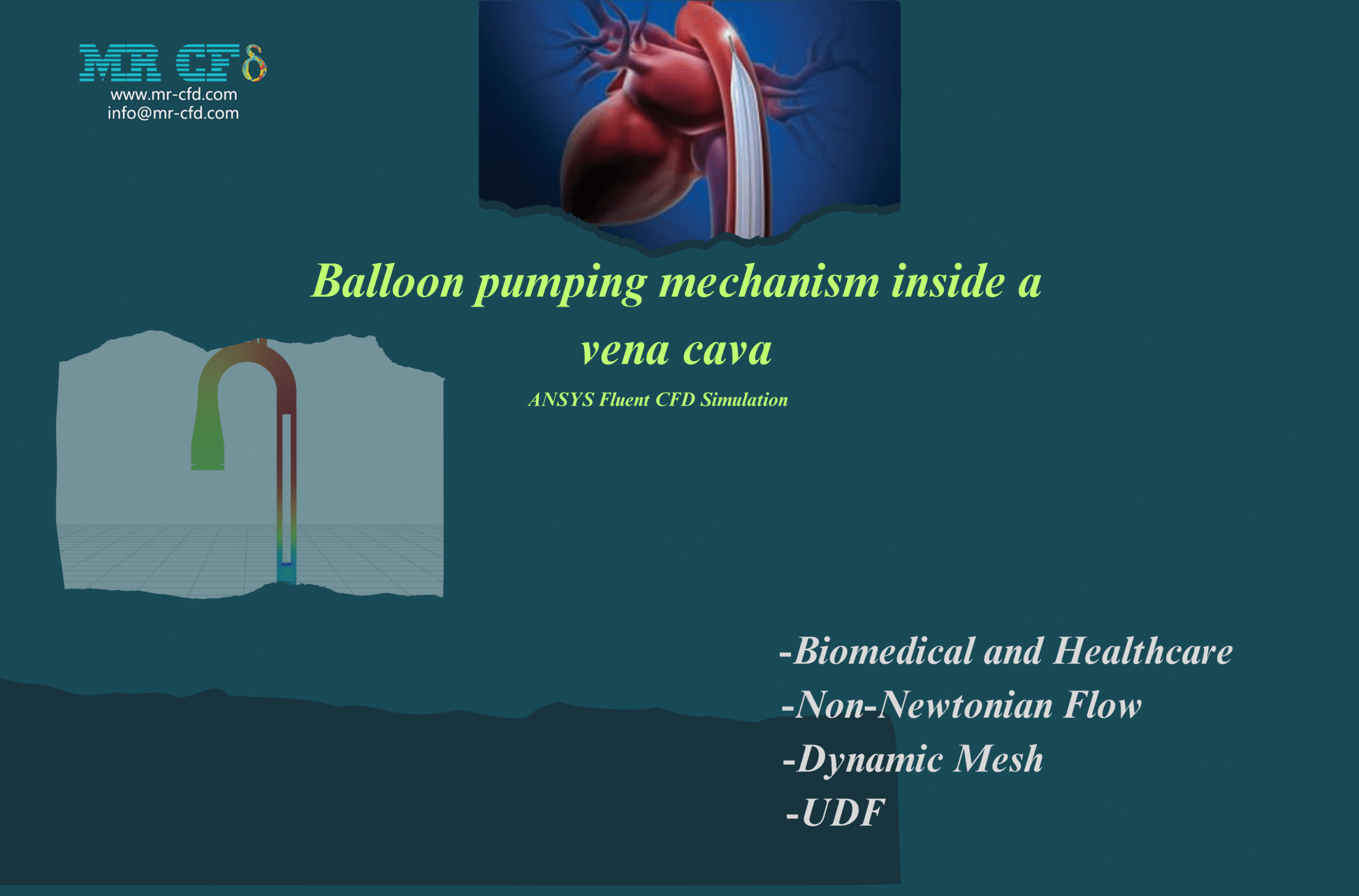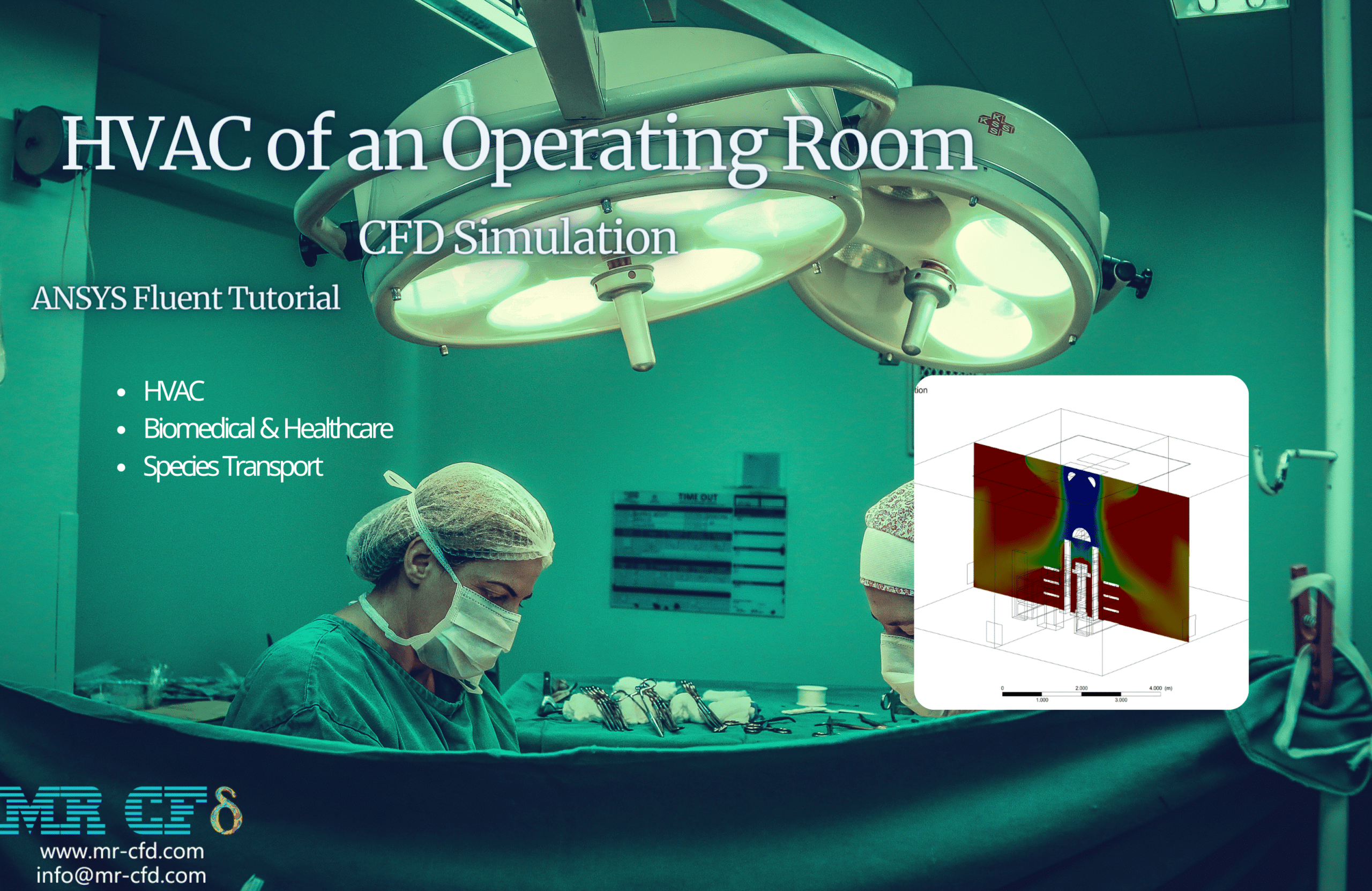balloon pumping mechanism inside a vena cava
$270.00 $135.00 Student Discount
- In this project, the function of balloon pumping mechanism inside a vena cava was simulated using ANSYS Fluent.
- The geometry was created in SpaceClaim, and a mesh consisting of 450,795 elements was generated using ANSYS Meshing.
- Deflection of heart valve and balloon is simulated by dynamic mesh and with the grid motion UDFs.
To Order Your Project or benefit from a CFD consultation, contact our experts via email (info@mr-cfd.com), online support tab, or WhatsApp at +44 7443 197273.
There are some Free Products to check our service quality.
If you want the training video in another language instead of English, ask it via info@mr-cfd.com after you buy the product.
Description
Balloon Pumping Mechanism Inside a Vena Cava CFD Simulation by ANSY Fluent
Description
The balloon pumping mechanism inside a vena cava, commonly known as intra-aortic balloon pumping (IABP), is a cardiovascular intervention technique designed to support patients with severe heart conditions. The mechanism involves the use of an inflatable balloon, which is strategically positioned inside the vena cava, a large vein that carries oxygenated blood from the heart to rest of body. By inflating and deflating the balloon in sync with the cardiac cycle, the device assists in enhancing blood flow, thus improving cardiac output and reducing cardiac workload. This technique finds application in situations such as cardiogenic shock, post-surgical heart support, and during high-risk coronary interventions, offering a bridge to recovery or more definitive treatments like heart transplantation.
the geometry includes the vena cava represented as a cylindrical conduit through which blood flows, and a balloon modeled within the vessel. The vena cava is assumed to have a length of 240 mm and a diameter of 20 mm for the purpose of this simulation. The fluid considered is blood, with relevant properties such as density being 1060 kg/m3. The boundary conditions are set with a pressure inlet of 16,000 Pa and a pressure outlet of 8,000 Pa, reflecting physiological conditions. The balloon’s expansion and contraction are simulated using dynamic mesh capabilities, accounting for temporal changes in the geometry and flow field. These parameters play a crucial role in realistically capturing the interaction between the balloon and the blood flow inside the vessel.
The geometry is designed in SpaceClaim® and is meshed using ANSYS Meshing®. The mesh is unstructured and the element count is 450,795.
Methodology
This project involves solving an unsteady simulation. Blood is a non-Newtonian fluid, meaning that its viscosity depends on the shear rate. At low shear rates (such as in veins or capillaries), blood exhibits higher viscosity due to the aggregation of red blood cells. In contrast, at high shear rates (such as in arteries), red blood cells deform and align with the flow, reducing viscosity.
The Carreau model is effectively used to capture this behavior, providing a smooth transition from the high-viscosity, low-shear-rate regime to the low-viscosity, high-shear-rate regime.
A dynamic mesh is employed, utilizing mesh methods such as smoothing and remeshing. The expansion of the balloon and the deflection of the heart valve are defined by incorporating two grid motion User-Defined Functions (UDFs).
(For increasing the simulation speed only during times that we have deflection [0.21-0.24s and 0.71-0.74s] on heart valve or balloon the dynamic mesh is activated. Also, during closed valve duration boundary of inlet is changed to wall.)
Results
Contours of pressure and velocity are presented.Animations depicting the pressure and velocity of blood inside the vein have also been extracted.As expected, the expansion of the balloon, which occurs shortly before the closing of the heart valve, increases the blood pressure in the vein near the heart, potentially enhancing the capillaries of the heart. And exactly before the opening of the heart valve, the balloon starts to deflate, allowing the blood to flow freely.





Reviews
There are no reviews yet.